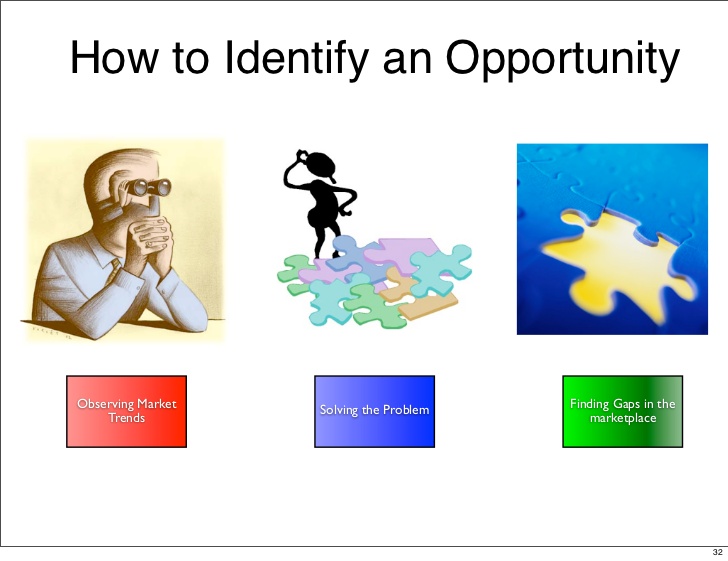Entrepreneurs often live with the hope that if they build it, customers will come. But in today’s economy, it takes a lot more than hope to get people to purchase your products or services: New business-building practices are a must if you want to expand.
Another necessary element is a clear-cut plan for growth. But many entrepreneurs get obsessed with creating the perfect plan. Or they never get around to putting one together. Crafting a plan is necessary, quick and effective. And we can show you how to do it. The following seven steps should take you no more than four hours to complete-a small price to pay for a tremendous upside. The result? A road map that will infuse new energy, enthusiasm and vision into your company’s growth plans. So let’s get started.
Step 1: Focus on your core product. A very successful e-newsletter entrepreneur has built his business around this mantra: “Prospects buy when they trust your value is applicable to them and believe your company is stable.” This strong position allows him to constantly check up on the services and value he’s providing his customers. Keep this statement in mind as we go through the rest of the seven steps, because internalizing this mantra is the key to a solid plan.
It’s common in small, service businesses that the entrepreneur feels he or she must do everything the “big guys” do to compete. The truth is, small-business owners can really never compete in the same way. So it’s essential for small businesses to differentiate themselves by focusing on the unique capabilities and core products they bring to prospects. Specialization is the entrepreneur’s greatest asset.
Step 2: Keep your pitch simple. The last time you asked someone at a party what their company does, did you get a clear, concise response? Or did your eyes glaze over by the time they got to the end of their explanation? My guess is, it was probably the latter. Now imagine that same pitch being presented to prospects who don’t have a glass of wine in their hands to distract them! It’s not a pretty picture.
What every company needs is a simple “elevator pitch.” That’s a short, concise message that can communicate your message to a prospect in 30 seconds or less. It explains the value your product or service provides so the prospect understands why it’s applicable to them.
Try this little exercise to test your pitch clarity quotient. Ask someone who doesn’t know what you do to listen to your pitch. Explain what your company does, and watch for signs of fatigue-eyes watering, lids getting heavy, and so on. Of course, you may have the perfect pitch. But if you don’t, you’ll recognize it right away from verbal and physical responses.
Step 3: Stay true to who you are. Knowing who you are and what gets you excited (and bores you to tears) will help you reach your goals. Nothing can derail a growth plan more than discomfort and procrastination-it’s simply human nature to procrastinate over things that cause discomfort. And there are dozens of daily business requirements that every business owner detests. If you’re finding yourself putting things off, it’s time to start delegating
Stay true to who you are and what you do best: Hand off those tasks that will blow you off course because you don’t like doing them, so you don’t! Stretch and grow your capabilities in alignment with your interests and expertise. If accounting is your nemesis, hire a bookkeeper. If your personal organization is out of control, hire a temp to set up a new filing system. Always make sure that you’re focused on your priority “A” tasks and delegate your Bs and Cs.
Step 4: Map it. Mapping your capabilities with your target clients’ needs is an excellent way for you to determine your service strategy. You’ll find that while you may be perfectly skilled in many areas, you’re going after customers who don’t need your particular expertise.
One common trait among many entrepreneurs is the urge to “cast a wide net” by being all things to all companies. In almost every case, however, a small business flourishes because it has a narrower service offering. Remember, a small company’s value is that it can specialize in unique, top-quality services.
Develop a list of decision-making criteria that you expect your clients to use when choosing a provider in your industry. Then rank yourself (and be brutally honest) in terms of where you’d be positioned in each category. After this intense evaluation, make sure that your elevator pitch is still on target.
Step 5: Utilize marketing tools that work best for you. When deciding on a marketing strategy, implement one that fits your personality and the customers you serve. For instance, if you’re terrified of getting up in front of a crowd, don’t schedule yourself to participate on a panel in the hopes of generating business. You’ll derail your efforts if you don’t perform well.
Identify the top two marketing tools you’ve used in the past that have worked for your company. Let’s say that’s cold calling and a Web site. Then start adding new ideas for a fresh perspective. When selecting your marketing tools, also evaluate them from a financial and cost basis. Decide what will yield the best return on your efforts. Each tool should lead to a revenue-producing result in one way or another.
Step 6: Implement a plan of action. Up until now we’ve been in the planning mode, but now it’s time to dig in and put it to work. Your action plan will also give you the map you can use to measure your progress.
Establish goals that can be reviewed at three and six months. At incremental points within each three-month period, keep checking your plan to see if you’re meeting your goals. If you find you’re missing the target, ask why. Were the tools appropriate for your target customer? Did you integrate the strategy, or did you just focus on one of the tools?
And don’t forget to plug in specific actions that you’ll do every day to help you meet your goals. That daily strategy will keep the goals of the plan top of mind.
Step 7: Exercise the plan. This final step is really straightforward: Just do it: Complete the daily actions, and then do something extra to accelerate your success plan. If you approach your plan and get butterflies in your stomach, either get over it or substitute an action that you’re comfortable with so you stay on course. Don’t let unplanned tasks waste precious time that should be applied toward reaching your goal. And most of all-enjoy the process!


